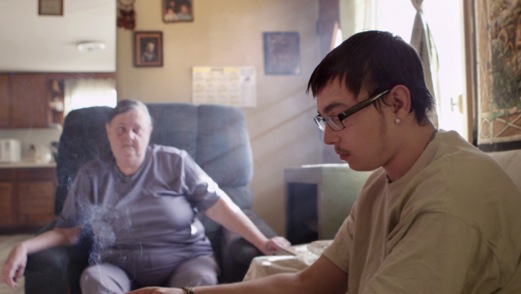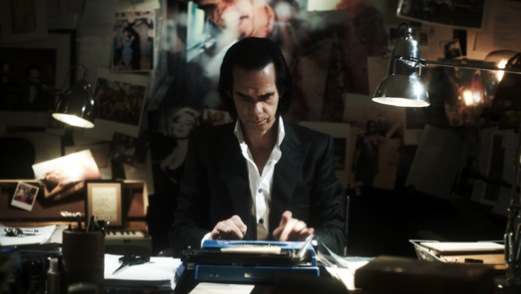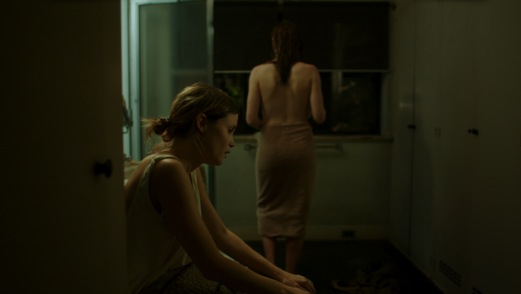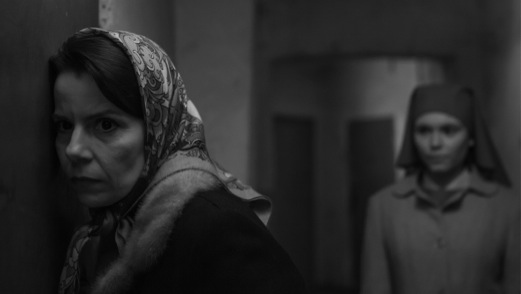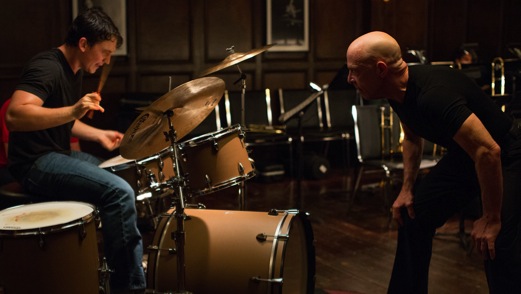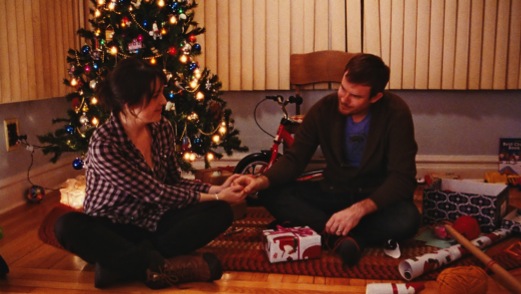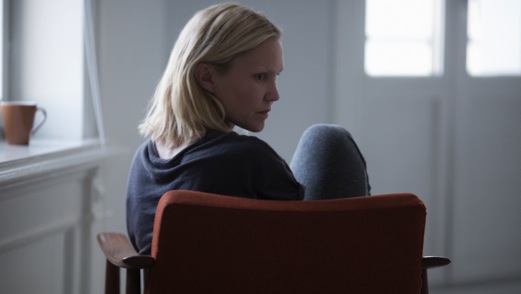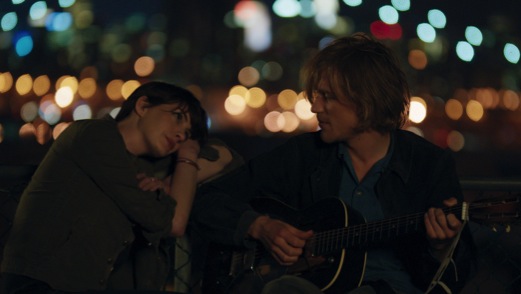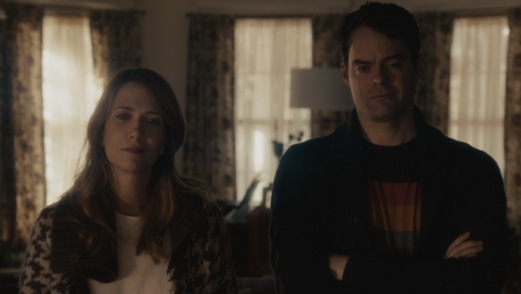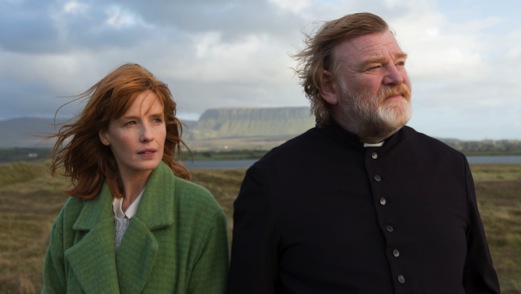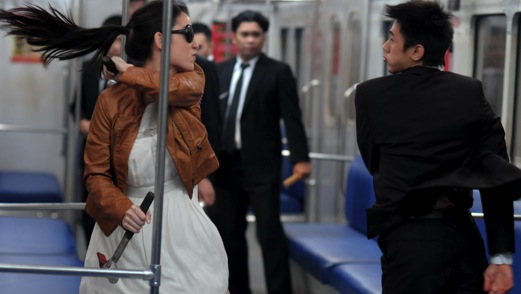The 20 Best Movies at Sundance 2014
A secret project 12 years in the making, a martial-arts film, a movie described as “Full Metal Jacket at Julliard,” and the strange, wonderful figure of Nick Cave. The 2014 Sundance Film Festival produced no lack of surprises. Here are our favorite movies from this year’s edition.
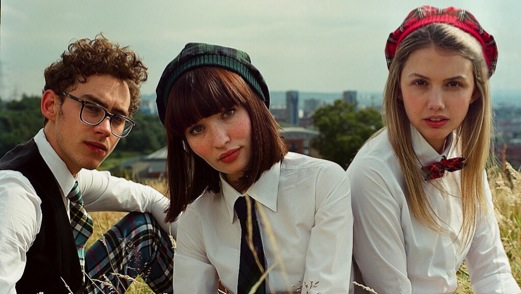
20. God Help the Girl
As the masterful pop songsmith behind Belle and Sebastian, Stuart Murdoch has always shown a flare for storytelling. His songs are filled with outcasts and rebels eager to take on the world, or at least find a little peace in it. So it’s only natural that his musical film is at once madcap and melancholy. The film is takes place over a summer in which two young women and one young man chase the idea of being in a band. Emily Browning has a magnetic screen presence as a mentally troubled would-be pop sensation trying to figure out what it all means, and Olly Alexander and Hannah Murray serve nicely as her friends. Murdoch sometimes resorts to overly literal representation of his lyrics and isn’t as judicious as he ought to be with cutaway gags. But he has an energetic spark. He imbues the film with pure fun and a sort of nostalgia for the present. Life won’t ever be perfect, but there is perhaps a moment of perfection just waiting to be achieved, if only the we would grab it. —J.M.

19. Life Itself
It’s an easy sell, okay? The life of the late, lamented, beloved film critic Roger Ebert, as written by the man himself and filmed by perhaps our greatest living documentarian, Steve James. But James makes the bold choice to specnd almost as much time in the then-happening present (the last four months of Ebert’s life) as in his glorious past. The result is a little like crawling into Ebert’s mind to recall the entirety of a life well lived, especially with his own words providing much of the voiceover (albeit in the actual voice of Stephen Stanton). It was always going to be hard to produce a film befitting the critical voice of our lifetime, but James has done it. —M.D.
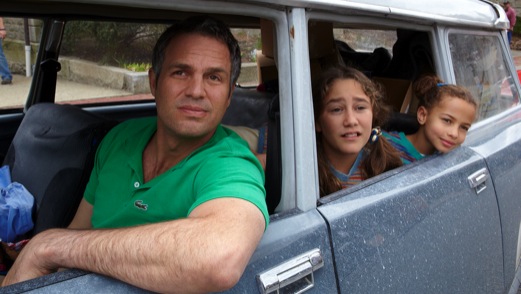
18. Infinitely Polar Bear
One watches Infinitely Polar Bear and wonders if it was all quite as wistfully challenging as it plays out here. There’s a darkness on the edge of Ruffalo’s performance, but Cameron’s torment is mostly portrayed as a darned nuisance, rarely hinting at the serious ailment that would make Maggie so concerned about leaving her children in his care. With that said, Forbes’s affection for these characters rubs off on the viewer. The film doesn’t bear the sting of poverty that fills every frame of a Sunlight Jr., but it’s wise about the rather remarkable age this family was living through. Unknowingly, the Stuarts are gender-role trailblazers, boasting a mother who will be the main breadwinner and a father who stays at home with the kids. Forbes lived through it, and it’s her prerogative how she wants to tell her story. But in her insistence on finding the happy ending, Infinitely Polar Bear doesn’t find enough of the sadness and pain that would have made such a conclusion earned. —T.G.
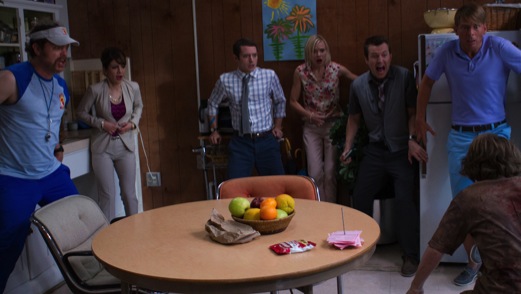
17. Cooties
Horror comedies tend to do one thing well. For the first half of Cooties, that’s most certainly the comedy. Elijah Wood, Rainn Wilson and Alison Pill play elementary teachers in a love triangle complicated by the fact that the students are turning into ravenous zombies. As night descends and the threat intensifies, so do the horror elements. The combination works thanks to the writers behind both Glee (Ian Brennan) and Saw (Leigh Whannell), both of whom also steal their scenes as comic actors. —J.J.
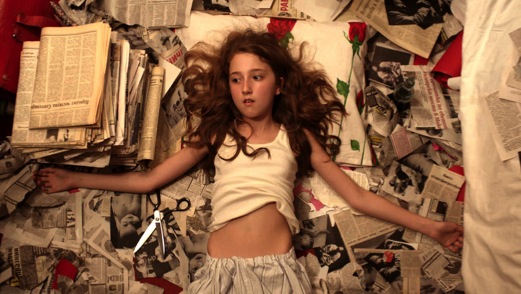
16. Viktoria
This film went under a lot of festival-goers’ radar, perhaps because there’s not a huge audience clamoring for a 155-minute Bulgarian drama that follows a clinically depressed mother through communism’s stifling oppression and eventual fall. But the brave festival-goers who ventured to see it discovered a rich, emotional exploration of stunted spirits. Director Maya Vitkova recalls Tarkovsky with her deep sense of yearning and striking use of fantastical poetic imagery. Yet the film works equally well when it dips into the waters of absurd comedy, as a child grows up with an inflated ego after the country’s propaganda machine turns her birth abnormality into a cause for national celebration. —J.M.
-

-

-

-

-

-

-

-

-

-

-

-

-

-

-

-

-

-

-

-

-

-

-

-

-

-

-

-

-

-

-

-

-

-

-

-

-

-

-

-

